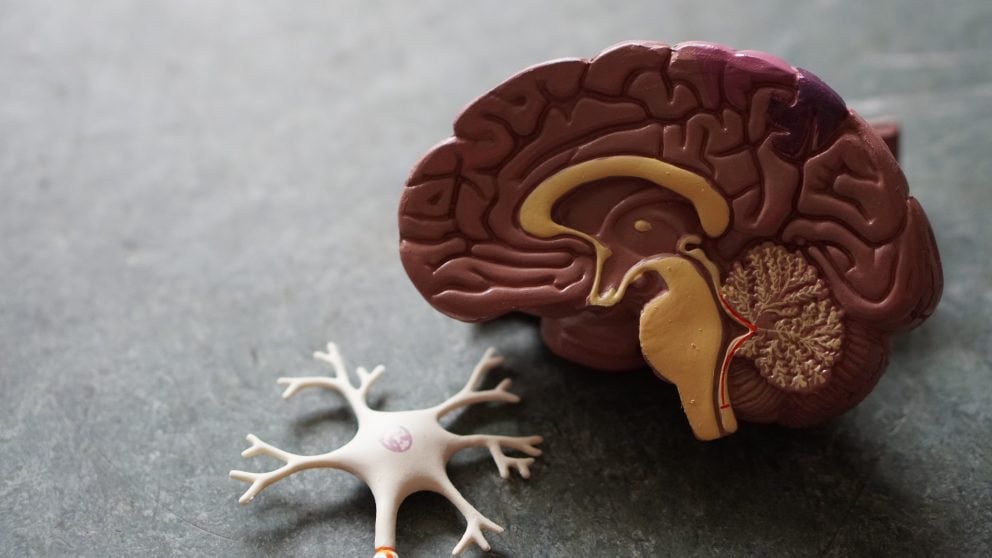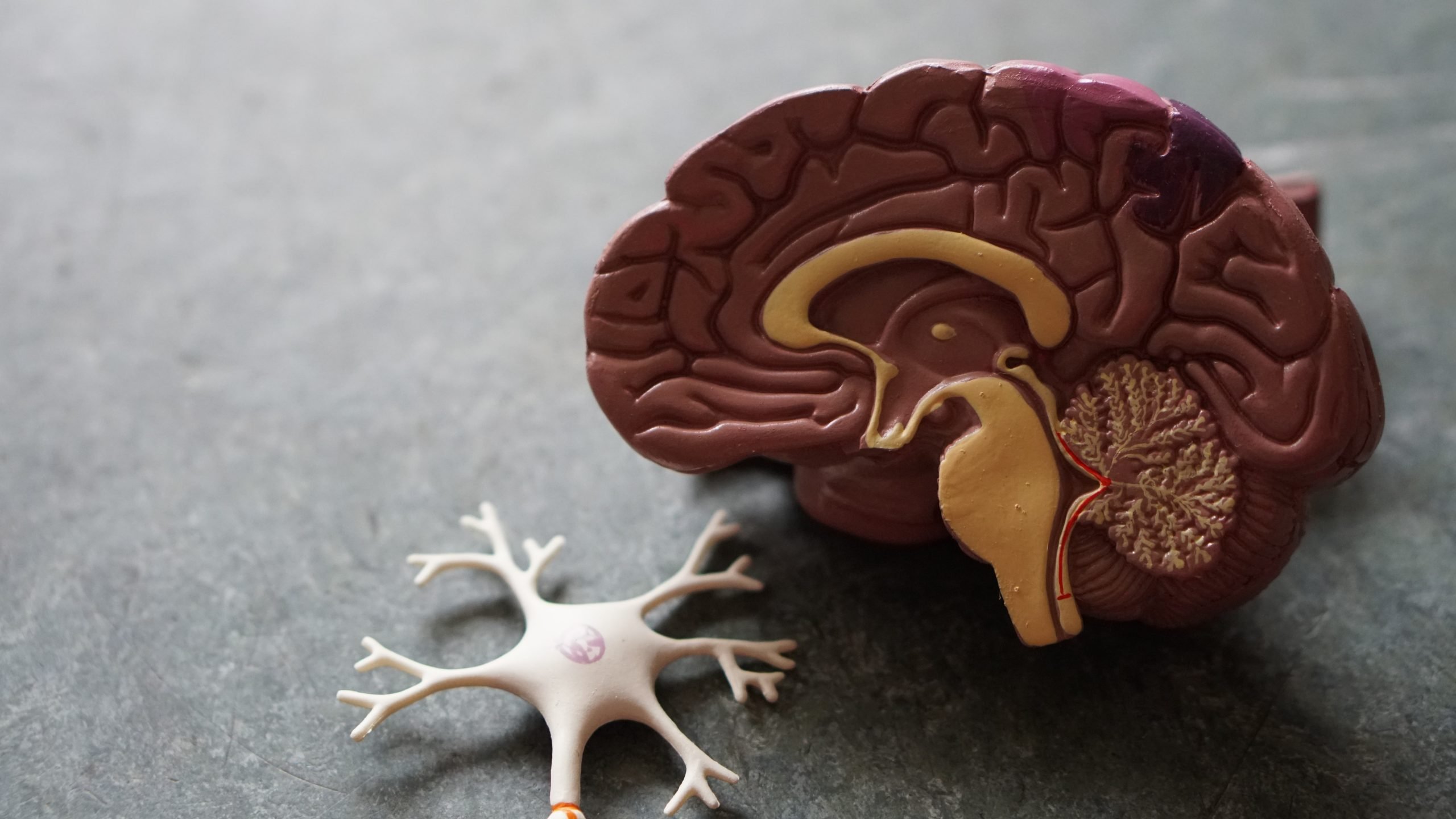
Photo by Bret Kavanaugh on Unsplash
CBD is slowly becoming a huge factor in expanding medical marijuana legalization. It’s drawing a ton of positive attention and launching a whole suite of products offering relaxation, reduced inflammation, and more. The draw to cannabis is cannabinoids like CBD and THC. Did you know our body has its own endocannabinoids?
There are over a hundred compounds in the marijuana plant called cannabinoids. Apparently, these cannabinoids mirror compounds found in the human body called endocannabinoids.They are named for the popular plant because it led to the discovery of this anatomical system.
What are endocannabinoids and what do they do? Many may not know that there’s an entire endocannabinoid system (ECS) that governs a whole host of biological processes needed to keep us alive.
We all know the nervous system that regulates our conscious and unconscious body functions. We know the endocrine system helps the body by releasing hormones. The ECS is like a blend of the two. This article will give you a full picture of the endocannabinoid system and CBD and how cannabis and the body work together.
What Does ECS Stand For?
While ECS can stand for electric control systems, electro convulsive shock therapy and electric cortical stimulation, in the world of cannabis and biological science, ECS is an abbreviation for the Endocannabinoid System.
The endocannabinoid system may not be as well known as the nervous system, endocrine system, or our immune system. However, it is oddly connected to them all and governs many processes that keep us alive.
What Is The Endocannabinoid System?
The endocannabinoid system is our body’s system that manages homeostasis. Many people interested in homeopathy and other forms of plant medicine talk about the mind-body connection. The endocannabinoid system is that connection. The ECS acts like a bridge that connects our brain and nervous system to our body’s other systems.
The endocannabinoid system regulates blood sugar, immune function, muscle and fat tissues, hormones, pain centers, reward centers, and metabolic functions. There are CB1 and CB2 receptors throughout our body. These receptors are like little dials that turn up and down certain body functions.
Research has connected the endocannabinoid system to the following body functions:
- appetite and digestion
- bone remodeling and growth
- cardiovascular system function
- chronic pain
- inflammation and other immune system responses
- learning and memory
- liver function
- metabolism
- mood
- motor control
- muscle formation
- reproductive system function
- sleep
- stress
- skin and nerve function
Cannabinoids and endocannabinoids can turn up or turn down some of these bodily functions . For example, the munchies are caused by cannabinoids encouraging the body’s hunger response. The euphoria, relaxation, decreased inflammation, and other changes in our body caused by THC and CBD are related to how cannabinoids engage with the ECS.
Are Endocannabinoids Neurotransmitters?
Endocannabinoids are lipid-based neurotransmitters. These fat-based chemicals have receptors throughout the body but are not like traditional neurotransmitters. Being lipid-based, they don’t operate the same way standard neurotransmitters do.
Neurons are surrounded by an aqueous solution which provides an inhospitable environment for a lipid messenger. When a neuron releases a neurotransmitter it’s often presynaptic but endocannabinoids tend to be postsynaptic.
Standards neurotransmitters are released by a presynaptic cell and then travel across the synapse, or gap in between nerve cells, to a postsynaptic cell. Endocannabinoids on the other hand, are synthesized and released from postsynaptic cells.
They travel backward across the synapse, where they encounter CB1 receptors. This allows them to act as a traffic cop by limiting the release of other neurotransmitters. They can control how these cells function by regulating how much neurotransmitter these cells do or do not release.
Where Are Cannabinoid Receptors Located?
Cannabinoid receptors are located throughout the body and can be found in the brain, organs, connective tissues, glands, and even in immune cells. There are two types of cannabinoid receptors: the CB1 and CB2 receptors.
CB1 receptors are densely located in the central nervous system including the neocortex, hippocampus, basal ganglia, amygdala, striatum, cerebellum, and hypothalamus.
CB2 receptors are mainly found on white blood cells, in the tonsils and in the spleen.
Photo by Robina Weermeijer
How Do Cannabinoid Receptors Work?
From giving you a euphoric high to helping your body reduce tension or inflammation to activating your body’s hunger response, cannabinoids affect these processes by bonding to cannabinoid receptors.
You may be familiar with nerve endings. Neurotransmitters are released and travel across synapses, to “communicate” with other nerve cells. Cannabinoid receptors also exist in nerve cells and various cells throughout the body.
When activated, these cells create endocannabinoids like anandamide and 2-arachidonylglycerol (2-AG) which travel backwards and attach to the cannabinoid receptors. When they bond to the cannabinoid receptors they manage neurotransmitter production and release.
They essentially act like dimmer switches that regulate how much neurotransmitter will get released by the cell.
Why Do We Have Cannabinoid Receptors?
We have cannabinoid receptors to manage homeostasis. Homeostasis is the equilibrium established in a body or biological system. Homeostasis governs our body temperature, energy levels, and neurological function.
CB1 cannabinoid receptors act like traffic cops and govern how much of a neurotransmitter a cell will release and absorb. CB2 cannabinoid receptors act similarly for our immune system and help our immune function.
Cannabinoid receptors act like an up or down switch for many of our body functions. As we need to regulate our heat, hunger levels, and our response to disease, these cannabinoid receptors help engage with our body.
When you get too hot your body will trigger a response to cool you off. When you eat your body will let you know when you’re full. These responses are triggered by various small endocannabinoid system interactions.
”
[fl_builder_insert_layout id=13138]
”
Is It Possible To Not Have Cannabinoid Receptors?
It is possible to not have some cannabinoid receptors but you do need them to live. So it’s not likely that someone would have absolutely no cannabinoid receptors.
Regular cannabis use can actually decrease your number of CB1 receptors. Heavy long term cannabis use can also negatively impact memory, and cognition and even shrink the hippocampus.
You can develop memory loss and also many of these neurological issues are due to how cannabis can affect us. This is why we can end up developing a tolerance to weed. Your body will need more cannabis as you have less CB1 receptors.
Luckily, many of these neurological effects and drops in cannabinoid receptors are reversible when you stop using cannabis. This is why it’s often advisable to try a tolerance break. By taking a break from using cannabis, your body will reverse some of these subtle neurological effects. Your body will naturally begin replenishing CB1 receptors.
How Does Weed Affect Homeostasis?
The endocannabinoid system governs many homeostatic functions. Weed by its ability to engage with our endocannabinoid receptors can and turn up and down some of these functions. Weed can help increase the communication of our cells and help decrease inflammation which would actually improve homeostasis.
That being said, excessive cannabis use can actually negatively impact homeostasis. While you may not overdose and die from cannabis if you use too much it can cause excessive anxiety or a higher heart rate which would negatively impact your body’s natural state. Also, a decrease in CB1 receptors can negatively impact your body’s functioning.
Ultimately, cannabis use can help benefit homeostasis but it is important to avoid overuse.
How Does CBD Interact With The Body?
CBD interacts with the body by engaging with our cannabinoid receptors. CBD can actually help encourage these cells to reduce inflammation and pain response and it can also reduce blood pressure. CBD can also help people struggling with sleep issues.
What Receptors Does CBD Affect?
CBD can interact with both CB1 and CB2 receptors. However, CBD can also connect with other receptors as well.
CBD has an affinity for:
- Serotonin Receptors which govern the release of serotonin which is what can help with anxiety and depression.
- Vanilloid Receptors which mediate pain perception, inflammation, and body temperature.
- Gpr55—Orphan Receptors that modulate blood pressure and bone density.
- Ppars – Nuclear Receptors regulate genes that are involved in energy homeostasis, lipid uptake, insulin sensitivity, and other metabolic functions.
There’s still growing research for more ways CBD can benefit our body.
When Was The Endocannabinoid System Discovered?
It’s no coincidence that endocannabinoid sounds like cannabis. Study of cannabis actually led to the discovery of the ECS. After THC and CBD were discovered, further research led researchers Allyn Howlett and William Devane at Saint Louis University School of Medicine to discover ECS CB1 receptors in 1988.
In 1992, the CB2 receptors were discovered. Further research has revealed all of the various aspects of the ECS including different compounds.
The isolation of CB1 receptors helped launch an entire realm of study that continues to this day.
How cannabis interacts with our endocannabinoid system continues to reveal new biological benefits of medical marijuana.
What Plants Produce Cannabinoids?
While cannabis did drive the discovery of the endocannabinoid system, it’s not the only plant that contains cannabinoids. Cannabinoids help protect plants against UV light, drying out, and pests.
Many of the cannabinoids that we enjoy also serve a dual purpose for the plant in helping to keep it alive. That being said, more than just cannabis has been known to create cannabinoids.
In addition to cannabis the following plants also contain cannabinoids:
- Black Pepper
- Black Truffles
- Broccoli
- Cacao
- Carrots
- Clove
- Echinacea
- Electric Daisy
- Ginseng
- Japanese Liverwort
- Kava
- Sunflowers
- Tea
These plants all have different compounds that can interact with your endocannabinoid system. While cannabis can have 100 cannabinoids some of those exist singularly in other plants.
Final Thoughts
What is driving medical marijuana is the fact that it has hundreds of compounds that interact with an entire system of our body. Cannabis was instrumental in revealing the endocannabinoid system.
Not only did cannabis help us feel differently, it has helped us look differently at how our bodies work. The ways cannabis can turn up and down different homeostatic functions can actually provide help and healing to certain conditions and diseases.
While cannabis is not the only plant with cannabinoids these compounds do show how plants can engage with our system.
Try applying online for a medical marijuana card today to use cannabis to engage with your own endocannabinoid system.


